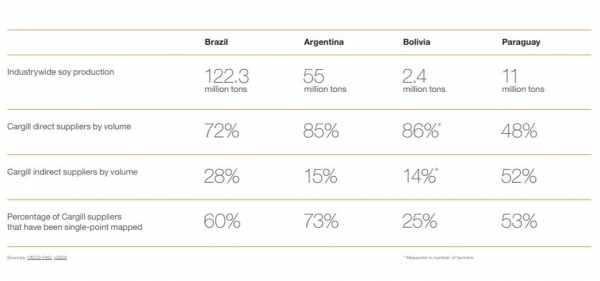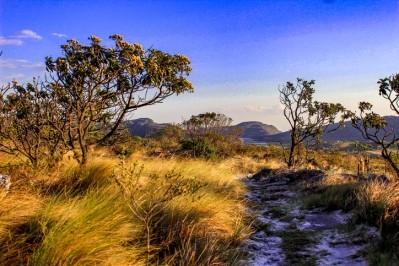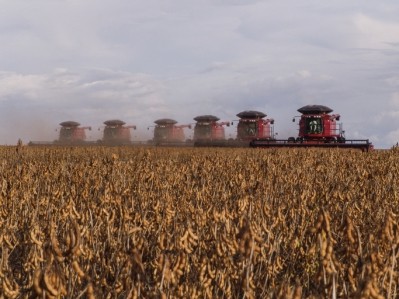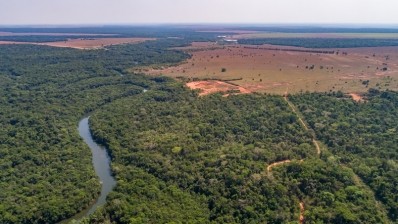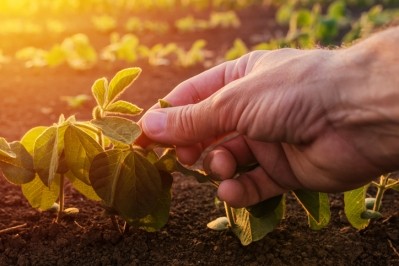More work to do in South America’s soy industry, says Cargill
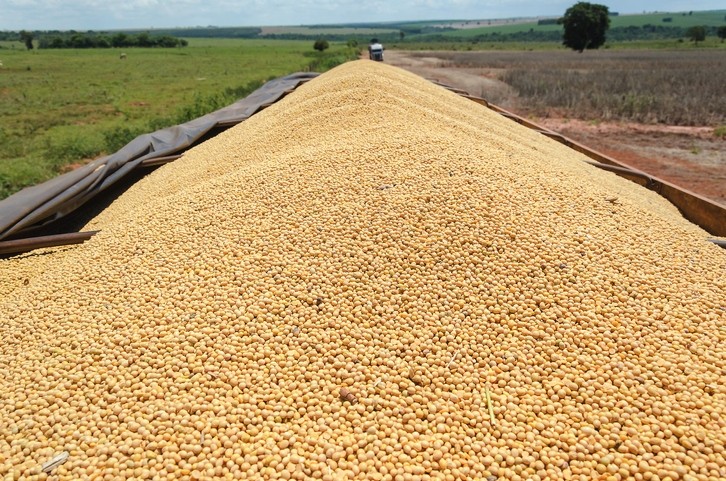
The Minnesota headquartered agribusiness giant said Nestlé remains a major customer. “They simply moved their sourcing from Brazil,” a spokesperson for Cargill told us.
We followed up with Nestlé about the WSJ report on Wednesday.
The spokesperson said Cargill is fully committed to ending deforestation in its supply chains. “Currently, we are able to meet our customers’ needs by offering fully sustainable soy supplies from multiple locations.”
At the end of December 2019, Cargill published its latest progress report on sustainable soy in Brazil, with a specific focus on forests, said the representative.
Writing in that review, John Hartmann, Cargill’s global sustainability lead for agricultural supply chains, noted:
“We know there is more work to do in South America’s soy industry. In October, we had a candid discussion with our new external advisory panel on forests about what lies ahead and how Cargill can do more. Likewise, our teams in both South America and destination markets continue to partner with and connect farmers and customers, all of whom have a strong point of view about what should be done.
“We are optimistic that farming and forests can coexist. First, more and more people are focusing on this topic, and attention can catalyse collective action. Second, technology is changing what is possible in terms of monitoring and verifying supply chains, which means transparency can increase. And third, we have seen how multi-stakeholder collaboration can drive positive change, including the protection of the Amazon biome over the last 13 years.
“While we cannot flip a switch and transform the sector overnight, we can set it on a new course in the years to come if we work together steadily in good faith.”
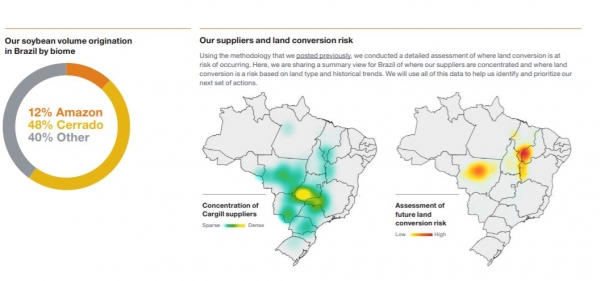
Mapping supplier locations in South America
In that publication, Cargill said that to ultimately achieve the progress that it and its partners are seeking, it must identify the sources of all the soybeans it originates and the risks of deforestation in those areas.
“In order to do this, we are mapping the locations of all of our suppliers with georeferenced single points by the end of 2020. This includes the high-risk areas of the Amazon, Cerrado and Gran Chaco biomes, stretching across Brazil and portions of Argentina, Bolivia and Paraguay. We will update this supplier mapping twice yearly.
“As we map all the sources of our soy, we must also understand the risks of deforestation or other land conversion in local areas across our supplier network. Getting a more granular assessment will help us identify the full scope of risks involved and opportunities to mitigate them.”
In August 2019, Cargill published its first risk assessment methodology, laying out how it would examine the high-risk biomes of the Amazon, Cerrado and Gran Chaco.
“We then set to work conducting this risk assessment across a large portion of South America at a pixel level of 30 meters. We used data from several sources – including Global Forest Watch, the University of Maryland, MapBiomas, various government agencies, and others – as well as our own proprietary data.
“The assessment segmented current land use across all high-risk regions, broken down into the categories of cultivated agriculture, pasture and native vegetation including forests.
It also identified areas that would be suitable for future soy cultivation based on rainfall, soil and terrain, while setting aside protected regions. It then prioritized areas that are suitable for soy and that still currently have higher concentrations of native vegetation – in other words, areas that could be at risk of deforestation or other land use conversion.
“We also used historical information to inform our risk assessment. We looked at areas of forest cover loss since 2008 laid side-by-side with areas where soy is currently in regular crop rotation. This analysis is helping us identify past patterns of soy growth that can be used to predict future trends,” it reported.
Cargill said it is continuing to gather insights from this risk assessment and its supplier mapping in order to inform its next steps, and will share learnings from this exercise in its next progress report.
